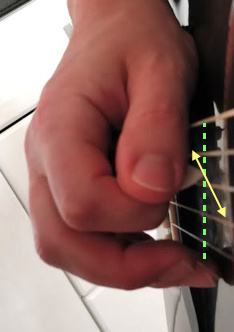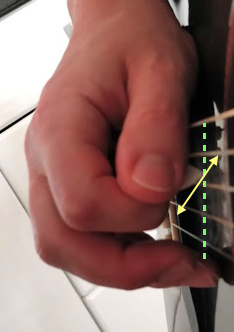Im new here and need some clarification. Ive seen some videos on here mention that with alternate picking it involves the usage of a downward pick slant when the last motion on a string is an upstroke and usage of upward pick slant when it you end on a downstroke.
However it seems the opposite is mentioned for economy picking or sweep picking… I noticed it mentions that downward pick slant is used when you rest on a downstroke and thus sweep to the next string and use a upward pick slant when you rest on upstroke and then sweep.
Im confused why are alternate and economy picking different with pick slanting? Or are they? Whats your preferences and how do you combine the two picking types?
Any help is appreciated





